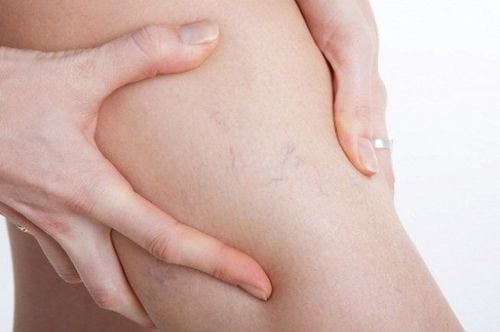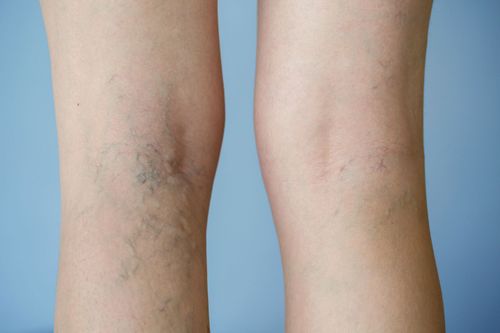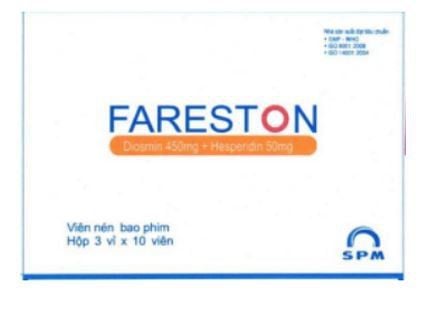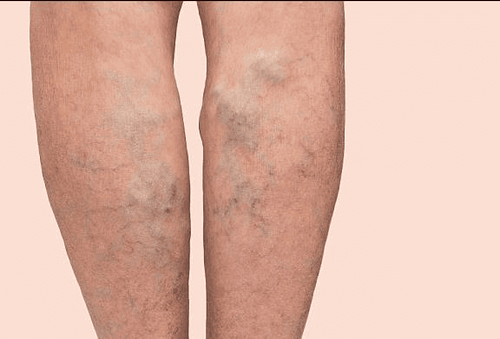This is an automatically translated article.
The article was professionally consulted by Doctor Trinh Le Hong Minh - Radiologist - Radiology Department - Vinmec Central Park International General Hospital.Vascular ultrasound of the lower extremities is used in supporting the diagnosis of diseases of the arteries and veins of the lower extremities because it can detect the lesions that the disease causes.
1. Varicose veins of the lower extremities
The veins of the lower extremities include the superficial veins of the lower extremities (small vein, great saphenous vein); deep veins (the veins in the pelvic floor - thigh, popliteal and lower leg); perforating veins and venous valves.Varicose veins of the lower extremities is a decrease in the ability of the veins to return blood to the heart of the lower extremities, a decrease in the ability to return blood to the heart, leading to blood stagnation causing hemodynamic changes and organization. surrounding tissue is deformed. The cause of varicose veins of the lower extremities is unknown, but it may be related to risk factors due to impaired function of the one-way valves of the peripheral venous system in the body. Causes of damage to these one-way valves are due to:
Inappropriate working and living posture: When you have to stand or sit in one place for a long time, sedentary or carry heavy loads... increased pressure in the veins in the legs. If this phenomenon is repeated many times, it will damage the one-way venous valves leading to blood stasis in the legs. Living and working environment: A humid environment is also a factor that aggravates the disease when you have to stand or sit for too long. People who are pregnant, have a lot of children or are overweight or obese, have long-term constipation, use birth control pills, limit exercise, use stimulants and have a diet low in fiber and vitamins... will make the disease worse. Valve defects are congenital or due to age (the older you are, the higher the risk of varicose veins...) Varicose veins of the lower extremities can lead to difficult-to-treat complications such as: leg ulcers, bleeding, dilation large superficial veins, eczema, thrombophlebitis, etc. Therefore, early recognition of symptoms will help to treat and limit the progression of the disease better. Symptoms of varicose veins of the lower extremities usually manifest in stages as follows:
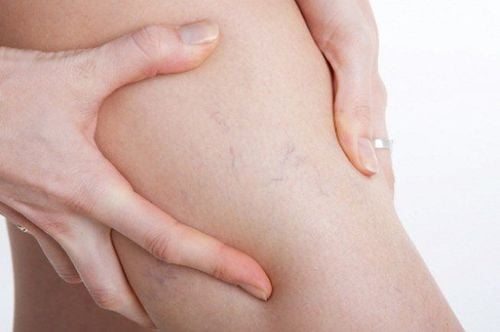
2. Lower extremity vascular ultrasound
2.1 What is lower extremity vascular ultrasound technique? Ultrasound is one of the modern techniques when using ultrasound waves to create images of tissues and organs inside the human body. Ultrasound is now widely used and applied in the diagnosis of many different diseases of the body.Similarly, lower extremity vascular ultrasound is applied in supporting the diagnosis of diseases of the arteries and veins of the lower extremities because it can detect the lesions caused by the disease. include:
When using the lower extremity vascular ultrasound technique, the doctor can observe the blood vessels and detect the lesions relatively accurately, especially the color ultrasound technique. Ultrasound of the lower extremities is an easy method to perform, the ultrasound process takes place quickly, in only 20-30 minutes. Does not cause pain, discomfort or health of the patient. 2.2 Indication of lower extremity vascular ultrasound Because of the above advantages, lower extremity vascular ultrasound is the technique used to diagnose varicose veins of the lower extremities. In addition, this method is also indicated when the patient has the following symptoms:
Pain at rest: This is a warning symptom of severe anemia leading to difficult-to-heal toe wounds. This condition can cause ulceration and necrosis. Acute limb ischemia: The cause of acute limb ischemia is a blood clot that affects the muscles of the lower extremities. In acute limb ischemia, the patient will have pain, loss of sensation, cyanosis or paralysis, and no pulse is found. When measuring systolic blood pressure, the blood pressure readings between the ankles and the arms are much different. Patients with signs of venous thrombosis, superficial varicose veins, trauma, idiopathic erythrocytosis, hyperviscosity disease, obesity, leg swelling,... Intermittent pain : This is the most typical and common symptom, repeated ischemic pain. The cause of claudication is insufficient blood supply. Pain symptoms appear to increase with exertion and decrease with relaxation and rest.
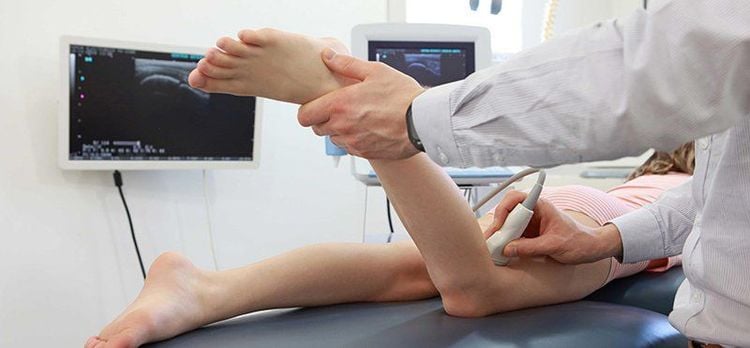

Please dial HOTLINE for more information or register for an appointment HERE. Download MyVinmec app to make appointments faster and to manage your bookings easily.





